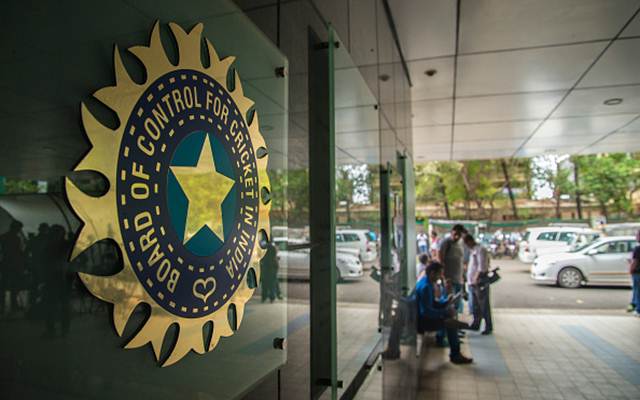BCCI to adopt new, cost-effective software to detect age frauds
"We are proposing to use this software on a trial basis along with our traditional method of manual interpretation of x-rays by the radiologists," said BCCI.
2 Min Read


The Board of Control for Cricket in India (BCCI) is gearing up to tackle age fraud as it is set to use a brand new software to detect the age of players. The software will be used on a trial basis and will save costs up to 80 percent in comparison to the current method.
The BCCI follows a zero-tolerance policy when it comes to age-related fraud among cricketers and is quite severe with its punishments. It is quite relevant in domestic cricket, and back in 2019 Jammu and Kasmir pacer, Rasikh Salam was banned for two years after being found guilty of providing a birth certificate with an incorrect date.
BCCI is the world’s richest cricketing board and uses the TW3 method (based on an X-ray of the left hand and wrist) for determining the age of players. But it takes about 3-4 days to produce results and costs INR 2400 per bone test. The new software, which is named BoneXpert Software, will not only provide quick results but will also be cost-effective for the board, costing only INR 288.
The BCCI explained the steps involving the process and also elaborated that the entire process takes around two months to reach completion.
“The X-rays are taken at the respective home centres of state associations at the X-ray centre in the presence of independent BCCI observer and sent to the BCCI AVP Department. It can take any time between one day to three four days to get the reporting of associations from the consultants depending upon the workload on them and number of players. Entire process takes around two (2) months to be completed,” a BCCI note stated.
The new software will run alongside the traditional method on a trial basis
The note also said that the board is satisfied with the initial results provided by the software with small sample size, but they want to further test its accuracy with a larger number of specimens to be fully satisfied. They have proposed to use it alongside the traditional method on a trial basis to assess the accuracy of the results provided by the new software.
“Though we are satisfied by the trial data run on the limited number of X-rays in our databank, still we want to run a trial with a large number of X-rays (approximately 3800) across all associations to be fully satisfied with the working of the software. Hence, we are proposing to use this software on a trial basis along with our traditional method of manual interpretation of x-rays by the radiologists,” the note added.
Download Our App